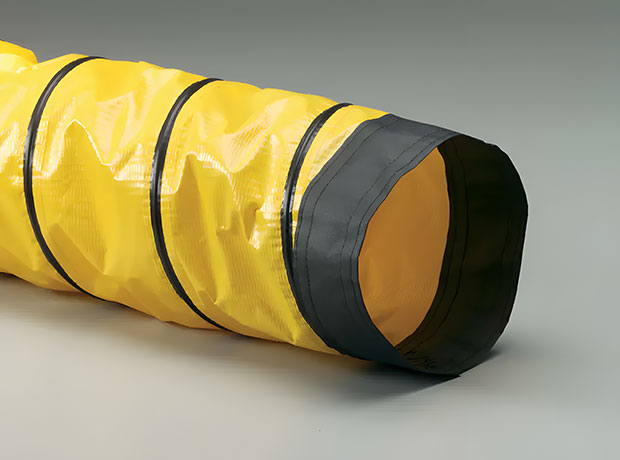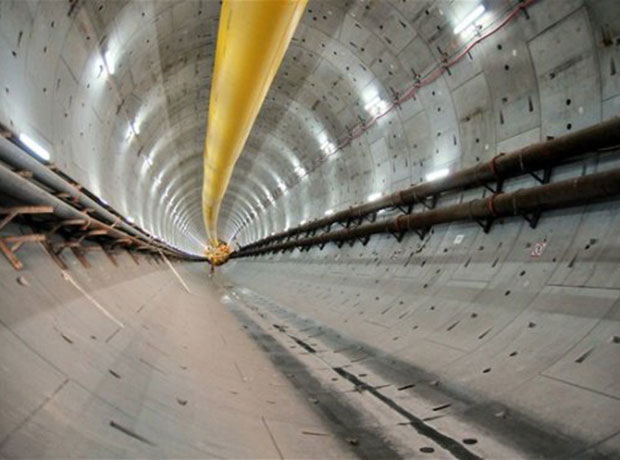The choice of duct materials in the industrial and commercial ventilation systems is vital in the PVC ducting due to its environmental cost efficiency. PVC ducting is flexible yet still strong, making it ideal for underground tunnels and manufacturing plants.
This article explores the characteristics, common applications, and environmental impact of duct fabric within commercial infrastructure.
What Is PVC Ventilation Duct Fabric?
Ventilation duct PVC fabric is a type of PVC (polyvinyl chloride) that can bend specific to artificial duct frameworks within enclosed spaces. It differs from rigid ducts as it allows for the movement of air without the use of traditional metal ducts. It is ideal for use in “weight sensitive” HVACs, which saves on structural costs and makes installation easier.
Material of PVC Ventilation Duct Fabric
The tensile strength of duct fabric is determined by PVC coating, as it is made with polyester base fabrics and enhanced with weather resistance, protection from chemicals, and chemicals. Every manufacturer may have a different version, but most of the products are optimally soft enough for folding and tough enough for extended field use. Additional qualities like casting the product additives for anti-mildew properties, UV resistance, or enhancing temperature performance may also be beneficial UV filters.
Characteristics Of PVC Ventilation Duct Fabric
PVC duct fabrics has great value due to the following range of performance characteristics:
Flame Retardancy
Most fire safety standards are achieved by PVC coated fabrics. These enclosed regions are perfect for use in distributing air into a building.
Weather and Chemical Resistance
Indutrial chemicals, moisture, and corrosion can be encountered and are from PVC being chemically resistant PVC.
Lightweight and Flexible
The ability to roll, fold, or compress fabric makes them easily transportable and installable in constricting regions when used instead of metal ducts.
Durability
Longterm mechanical strength and excellent tear resistance is provided due to the polyester base.
Customizability
Different colors, thicknesses of around 0.3-1.0 mm, and weights in the range of 300-1200 gsm makes it adjustable for different project requirements.
Low Air Leakage
Properly welded or stitched seams ensure alleviated flow control.
Common Applications in HVAC Systems
Different domains make use of PVC ventilation duct fabric including:
Temporary HVAC Systems
Used for mobile set ups, event locations, and construction sites.
Underground Mining and Tunneling
Used where rigid ducts are unsuitable for ventilation making them ideal for use.
Industrial Exhaust and Fume Extraction
These inflexible withstanding harsh chemicals and hot air in manufacturing environments.
Agricultural and Livestock Facilities
Controls airflow and humidity while resisting ammonia and other gases.
Cleanrooms and Medical Facilities
Some variants meet hygiene requirements due to their smooth, washable surface.
Is PVC Ventilation Fabric Eco-Friendly?
The environmental impact of PVC almost always raises a debate. Unlike traditional PVC, modern duct fabrics now use low VOC plasticizers and are RoHS compliant. Their long lifespan and decreased susceptibility to wear and tear diminishes the need for replacement, indirectly reducing waste. Furthermore, some manufacturers sell products with reusable and recyclable options, making it a more sustainable alternative to single-use and high-maintenance contraptions.
































